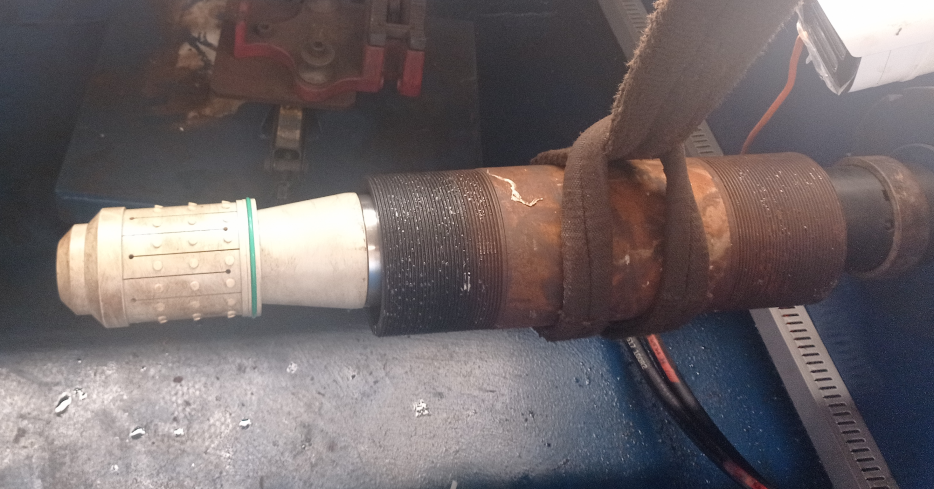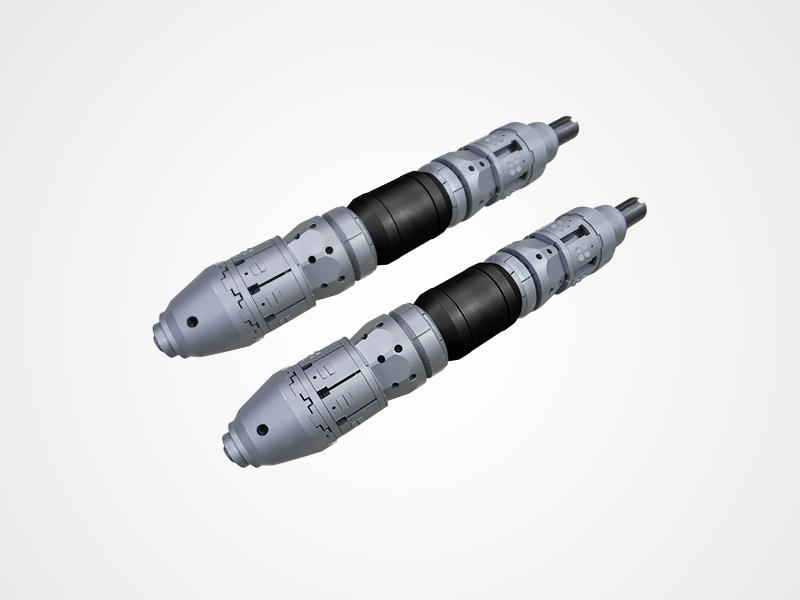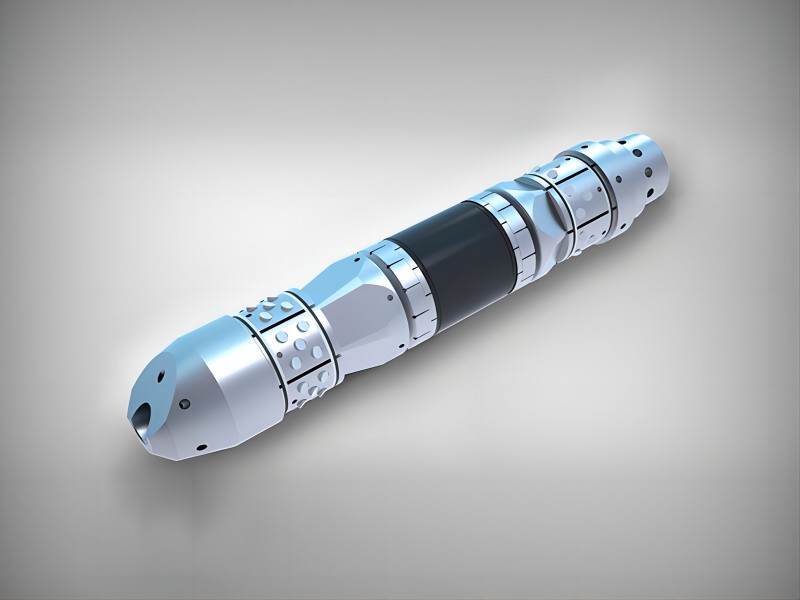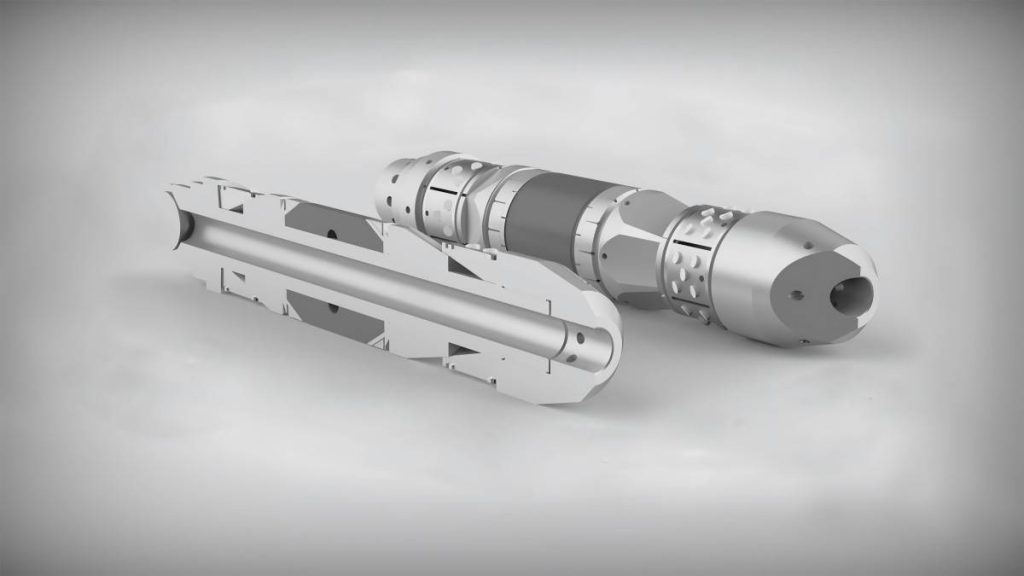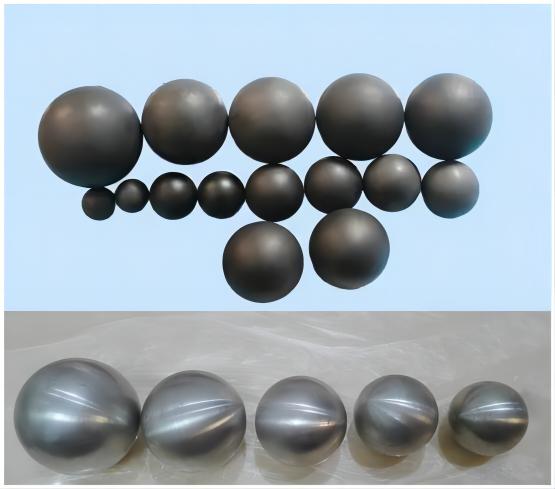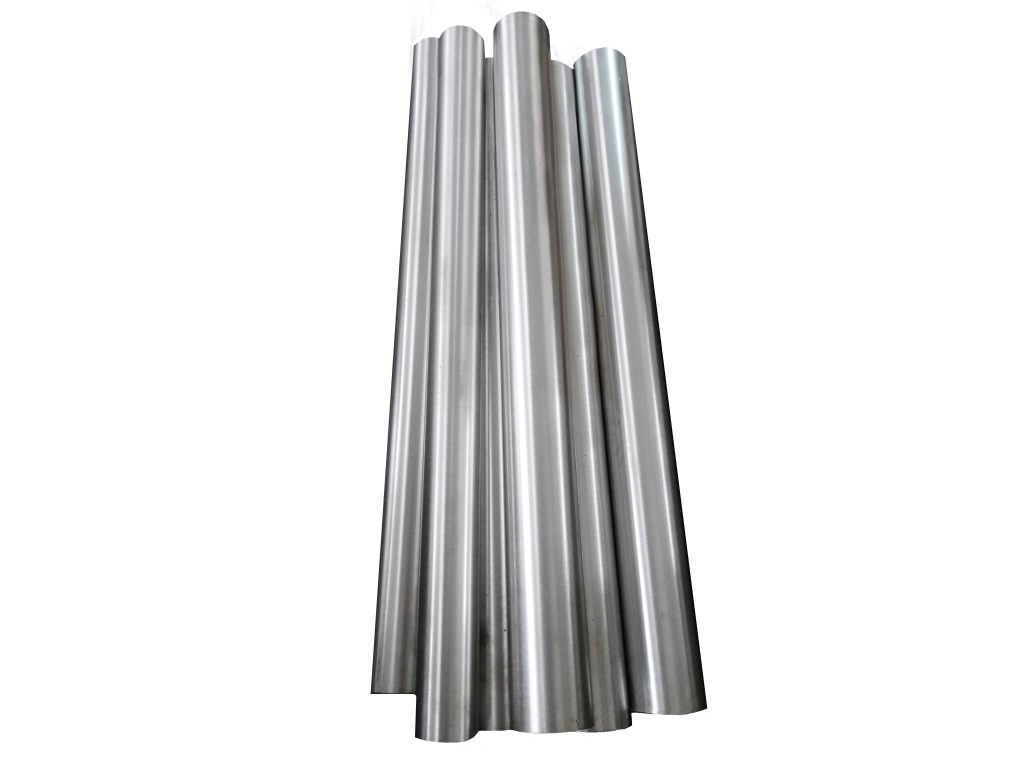How to Improve the Performance and Efficiency of Chemical Injection Skids?
Chemical injection skids play a crucial role in various industries, ensuring accurate and controlled delivery of essential chemicals for diverse applications. From corrosion inhibition in oil and gas pipelines to pH adjustment in water treatment plants, these pre-engineered units offer several advantages, including precision, efficiency, and safety. However, maximizing their performance and efficiency is vital for optimal results and cost savings. This guide delves into key strategies to enhance the effectiveness of your chemical injection skid.
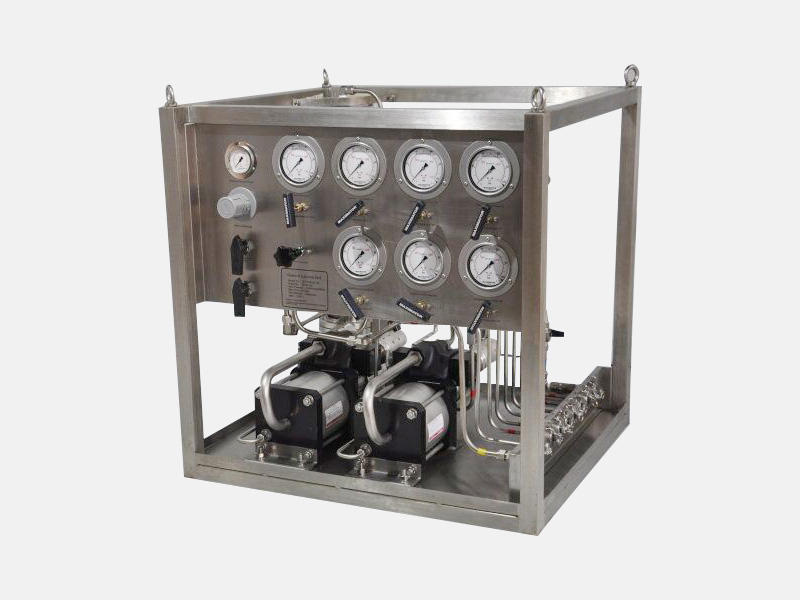
Optimizing System Design and Components
The foundation of an efficient skid lies in its components and design. Selecting the right equipment for your specific application is crucial.
- Pump Selection: Match the pump type and flow capacity to the chemical properties and required injection rates. Consider factors like viscosity, abrasiveness, and desired pressure. Diaphragm pumps excel with viscous fluids, while centrifugal pumps handle larger flow rates. Explore options like variable-speed drives for fine-tuned control and energy savings.
- Filter Selection: Choose filters based on compatibility with the injected chemicals and the desired level of filtration. Consider factors like particle size, pressure drop, and cleaning frequency. Cartridge filters offer ease of replacement, while bag filters provide high dirt-holding capacity.
- Control Valve Selection: Ensure the valves have appropriate pressure ratings and response times for precise flow control. Consider ball valves for on/off applications and globe valves for throttling control. Redundant valves enhance reliability in critical applications.
Beyond individual components, focus on optimizing piping and flow characteristics:
- Minimize Piping Complexity: Reduce pressure drops by minimizing piping length and bends. Utilize direct piping connections whenever possible.
- Choose the Right Pipe Materials: Select pipe materials compatible with the chemicals and operating pressures. Consider factors like corrosion resistance, temperature tolerance, and mechanical strength. Stainless steel offers excellent durability, while PVC is cost-effective for specific applications.
- Address Temperature Sensitivity: For temperature-sensitive chemicals, incorporate heat tracing systems to maintain optimal injection temperatures.
Finally, consider implementing efficient control systems:
- Upgrade to Programmable Logic Controllers (PLCs): PLCs offer precise control and automation capabilities compared to manual systems. They allow for complex control algorithms, data logging, and integration with process control systems.
- Real-Time Monitoring and Feedback Loops: Utilize real-time data monitoring of key parameters like flow rate, pressure, and temperature. Implement feedback loops to automatically adjust injection rates based on process demands, optimizing chemical usage.
- Centralized Management: Integrate the skid control system with your broader process control system for centralized monitoring, data analysis, and optimization across your operations.
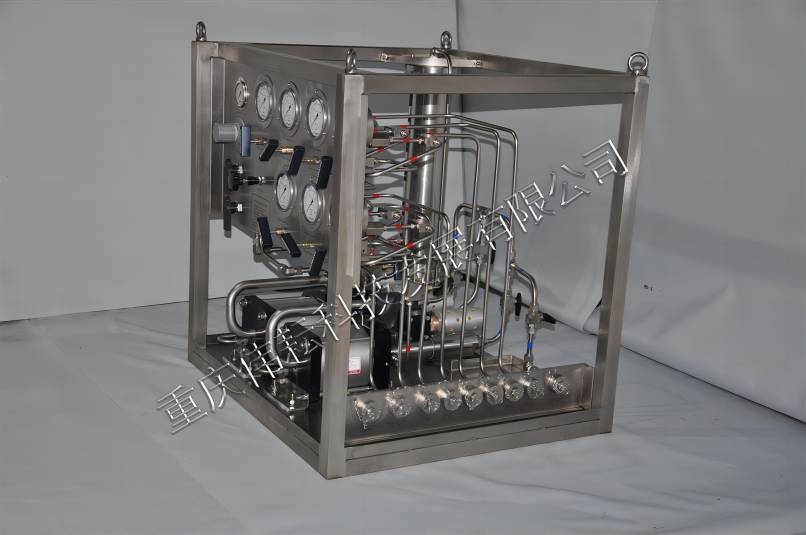
chemical injection skid
Effective Operation and Maintenance Practices
Consistent maintenance and proper operation are crucial for sustained performance and efficiency.
- Regular Maintenance and Calibration: Adhere to the manufacturer’s recommended maintenance schedules for pumps, filters, and other components. This includes timely replacement of wear items and periodic calibration of instruments to ensure accurate measurements and control.
- Leak Detection and Prevention: Implement a comprehensive leak detection and prevention program. This may involve regular visual inspections, pressure testing, and utilization of leak detection technologies. Promptly address any leaks to minimize chemical loss and environmental impact.
- Chemical Selection and Dosage Optimization: Evaluate the compatibility of the chosen chemicals with the system and application. Conduct tests to determine the optimal injection rates for achieving desired results while minimizing waste. Explore options for using more concentrated or efficient chemical formulations where feasible.
Data analysis and proactive troubleshooting are key to maximizing uptime and efficiency:
- Data-Driven Insights: Analyze operational data to identify trends, potential inefficiencies, and areas for improvement. Utilize data analytics tools to gain deeper insights into system performance and predict potential issues before they occur.
- Proactive Troubleshooting: Implement proactive maintenance strategies based on data insights and historical issues. Address identified concerns promptly to prevent downtime and ensure smooth operation.
- Leverage Leak Detection Systems: Utilize leak detection systems equipped with alarms to provide immediate notification of potential leaks, enabling swift intervention and minimizing damage.
Advanced Technologies and Sustainable Solutions
The adoption of advanced technologies and sustainable practices can further enhance performance and efficiency while minimizing environmental impact.
- Digitalization and Automation: Explore remote monitoring and control solutions for improved accessibility and response times. Utilize data analytics tools for predictive maintenance and optimized operations. Integrate with cloud-based platforms for data storage, analysis, and remote collaboration.
- Energy-Efficient Options: Select pumps and motors with high efficiency ratings. Utilize variable-speed drives for pump control and adjust motor speeds based on process demands, reducing energy consumption. Explore renewable energy sources like solar panels to power the skid system, contributing to sustainability goals.
- Sustainable Practices: Investigate the use of biodegradable materials for skid components whenever possible. Implement chemical recovery and reuse systems where feasible to minimize waste and environmental impact. Opt for environmentally friendly chemical formulations that are readily biodegradable and have minimal aquatic toxicity.
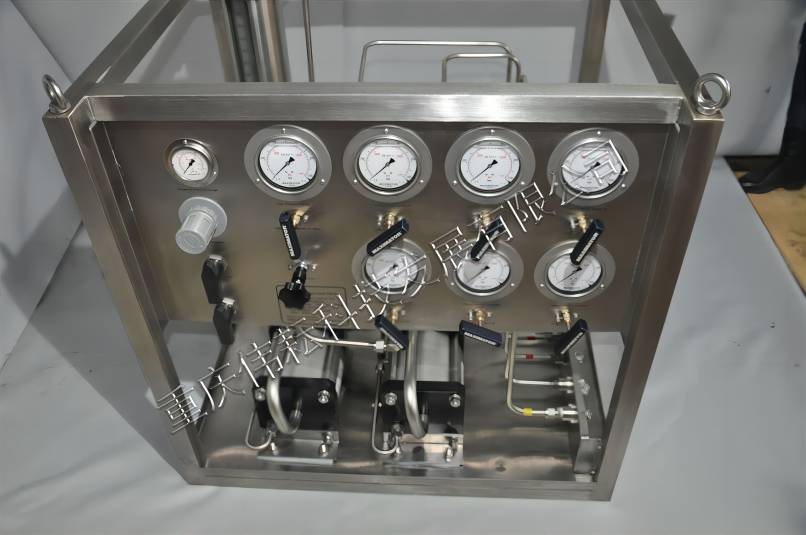
Choose a Reliable Chemical Injection Skid Manufacturer
Selecting the right manufacturer is crucial for obtaining a high-performance and efficient chemical injection skid that meets your specific needs. Here are some key factors to consider:
- Experience and Expertise: Look for a manufacturer with extensive experience in your specific industry and application. They should understand the unique challenges and requirements of your process and be able to recommend suitable skid designs and components.
- Reputation and References: Research the manufacturer’s reputation for quality, reliability, and customer service. Request references from other companies in your industry and read online reviews to gain insights into their performance.
- Quality Assurance and Certifications: Ensure the manufacturer adheres to strict quality standards and holds relevant certifications for materials, fabrication, and safety. Look for certifications like ISO 9001 (quality management) and ASME Boiler & Pressure Vessel Code (construction standards).
- Engineering and Design Capabilities: Choose a manufacturer with a strong engineering team that can provide custom design solutions based on your specific needs. They should be able to perform flow calculations, pressure analysis, and material selection to ensure optimal skid performance.
- Manufacturing and Fabrication: Verify that the manufacturer has a well-equipped facility with skilled personnel and utilizes advanced fabrication technologies. This ensures high-quality construction, consistent tolerances, and adherence to safety regulations.
- Testing and Commissioning: Opt for a manufacturer that offers comprehensive testing and commissioning procedures before delivery. This includes pressure testing, leak detection, functional testing, and performance verification to ensure the skid meets your specifications.
- After-Sales Support and Service: Choose a manufacturer that offers reliable after-sales support, including spare parts availability, technical assistance, and on-site service if required. This ensures prompt response to any issues and minimizes downtime.
- Price and Value: While cost is important, consider the overall value proposition. Compare the upfront costs with the long-term benefits of a high-quality, efficient skid, including reduced operating expenses, minimized downtime, and improved safety.
Additional factors
- Warranty and guarantees: Understand the warranty terms offered by the manufacturer and any additional guarantees they provide.
- Delivery timeframe: Ensure the manufacturer can meet your required delivery schedule to avoid project delays.
- Compliance with regulations: Verify the skid design and components comply with all relevant industry regulations and safety standards.
By carefully considering these factors and conducting thorough research, you can choose a reliable chemical injection skid manufacturer who can provide a solution that meets your specific needs and optimizes your operations for performance, efficiency, and sustainability.
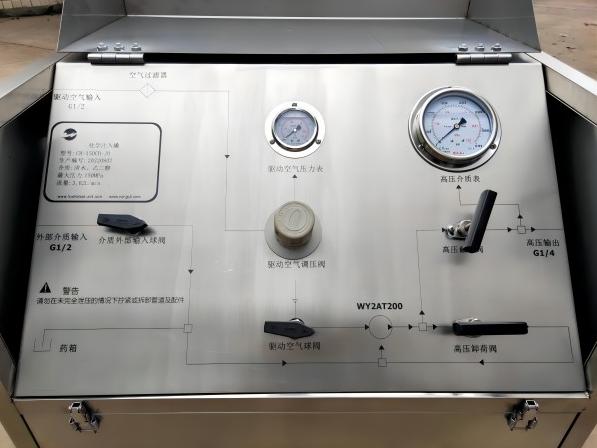
Conclusion
By implementing the strategies outlined above, you can significantly improve the performance and efficiency of your chemical injection skid. Remember, consulting with experts and manufacturers for specific recommendations tailored to your application is crucial. By optimizing your skid’s operation, you can achieve enhanced process outcomes, reduce operational costs, and contribute to a more sustainable future. Remember, consistent monitoring, data-driven decision making, and continuous improvement efforts are key to maximizing the long-term value and effectiveness of your chemical injection skid.

